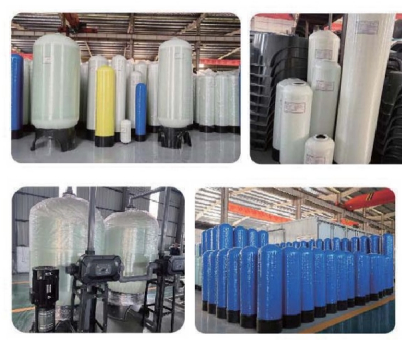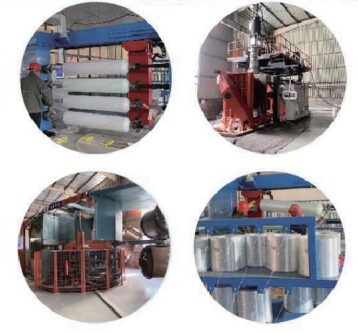1454 Inch FRP Fiberglass Tank With A Diameter Of 350 × 1400mm And A Flow Rate Of 2.5-3.0T/H
Product Details:
| Place of Origin: | China |
| Brand Name: | Fenigal |
| Certification: | CE |
| Model Number: | 1465 |
Payment & Shipping Terms:
| Minimum Order Quantity: | 1 pc |
|---|---|
| Price: | Negotiable |
| Packaging Details: | standard export packing |
| Supply Ability: | 60000 Units per Month |
|
Detail Information |
|||
| Size(inch): | 1465 | Diam&Height(mm): | φ350×1650 |
|---|---|---|---|
| Opening(inch): | Top Opening 2.5” Thread | Design Flow Rate(T/H): | 2.5~3.0 |
| Highlight: | 1454 inch Fiberglass Tank,High Flow Rate FRP fiberglass Tank |
||
Product Description
High-Quality FRP Filter Vessels & Resin Tanks Versatile for Industrial Filtration
Our FRP filter vessels and FRP resin tanks are essential equipment for various industrial filtration and treatment processes. Also known as FRP tanks, resin tanks, mechanical filter tanks, and softening tanks, they are made of FRP (Fiber Reinforced Plastics), which generally refers to fiber-reinforced unsaturated polyester, epoxy resin, and phenolic resin matrices, commonly known as fiberglass.
In terms of size, the first two digits represent the diameter, and the last two digits represent the height. For example, 2475 means a diameter of 24 inches (about 600mm) and a height of 75 inches (about 1875mm); many customers also directly use diameter * height to indicate the size. The opening sizes include 2.5-inch threads (about 75mm), 4-inch threads (about 100mm), and 6-inch flanges (about 150mm). Top openings, top and bottom openings, and side discharge openings can be customized according to requirements.
The PE inner liner refers to the white PE (polyethylene) liner inside the tank. Generally, tanks with a diameter of 600mm (inclusive) or less are equipped with a PE inner liner, which can effectively prevent water leakage. For tanks with a diameter of 750mm or more, it is recommended not to use a PE inner liner because large tanks are wrapped more thickly, the probability of water leakage is relatively low, and not using a PE inner liner can make them more pressure-resistant (including negative pressure).
These tanks have a wide range of uses. Firstly, when filled with manganese sand, they can remove excessive iron and manganese from water. The manganese sand oxidizes dissolved ferrous or manganous ions into insoluble ferric or manganic compounds, and the backwashing function of the manganese sand filter achieves the purpose of purification. Secondly, when filled with quartz sand, the quartz sand filter, a pressure filter, uses refined quartz sand filter media to remove suspended solids and colloidal particles from water as the water flows through the filter layer from bottom to top, reducing water turbidity. Thirdly, when filled with activated carbon, they mainly remove macromolecular organic matter, iron oxides, and residual chlorine. This is because organic matter, residual chlorine, and iron oxides can easily poison ion exchange resins, and residual chlorine and cationic surfactants can not only poison resins but also damage the membrane structure, causing reverse osmosis membranes to fail. Fourthly, when filled with resin, they use the ion exchange principle to remove scaling ions such as calcium and magnesium from water. They are usually integrated equipment consisting of a controller, a resin tank, and a salt tank. The controller can be an automatic controller or a manual controller. The automatic controller can automatically complete the cycle of water softening, backwashing, regeneration, forward washing, and automatic water replenishment in the salt tank, while the manual controller requires manual operation to complete the above actions.
In an industrial application case, a food processing plant uses these FRP tanks filled with activated carbon and resin to treat raw water. The activated carbon removes organic matter and residual chlorine, and the resin softens the water by removing calcium and magnesium ions, ensuring that the water meets the strict standards required for food production, improving product quality and production efficiency.
![]()
![]()
![]()
![]()







